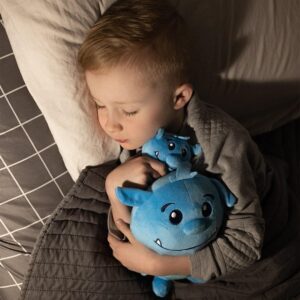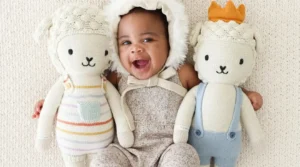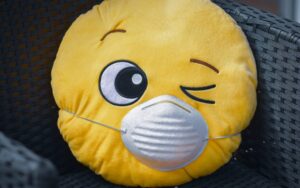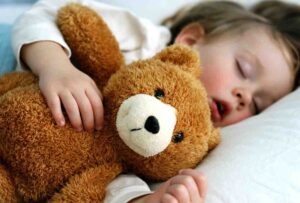Stuffed animals aren’t just toys—they can be powerful sources of comfort and emotional support. But what exactly makes a stuffed animal a comfort stuffed animal? These special plush companions are designed not only to look cute but to provide tangible emotional benefits, soothing stress, anxiety, and loneliness. In short, a comfort stuffed animal is a soft, huggable plush toy crafted with materials and design features that promote relaxation and emotional well-being. Whether for children navigating childhood challenges or adults seeking calming support, comfort stuffed animals serve as trusted companions.
Imagine a child clutching a worn teddy bear during a stressful doctor visit or an adult curling up with a plush fox after a tough day. These moments show how a simple stuffed friend can transform into a lifeline. Ready to discover what defines these unique plush toys and why they matter? Let’s dive deep into the definitive guide to comfort stuffed animals.
1.What Exactly Is a Comfort Stuffed Animal?
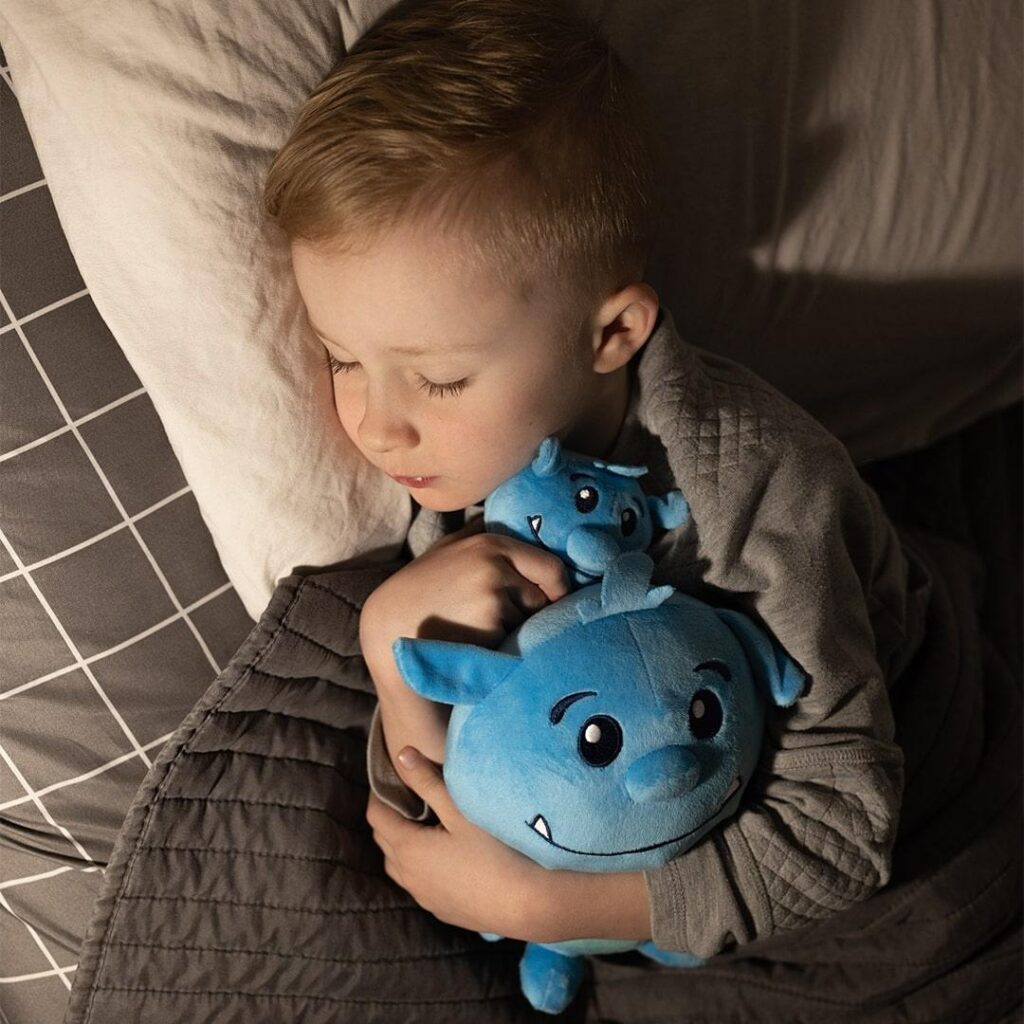
A comfort stuffed animal is a plush toy specifically designed to offer emotional support and physical comfort. Unlike regular stuffed animals, comfort plushies prioritize softness, safe materials, and soothing textures to help reduce stress and provide a sense of security.
Comfort stuffed animals combine tactile softness and emotional resonance, making them ideal companions for both kids and adults in need of reassurance or calm.
- Design Focused on Soothing Touch: Comfort plushies use ultra-soft fabrics like plush velboa, minky, or velour that feel gentle against the skin. This tactile sensation helps trigger calming effects.
- Emotional Attachment Facilitation: They often feature expressive, gentle facial designs to encourage bonding and empathy, helping users feel understood and less alone.
- Size and Weight Considerations: Many comfort stuffed animals are sized to fit easily in arms or laps, making them perfect for cuddling during anxious moments.
- Material Safety Standards: These plush toys usually comply with stringent safety regulations to be hypoallergenic and free from harmful chemicals, especially important for children.
- Multi-sensory Elements: Some models include additional comfort features like weighted stuffing, heartbeat simulators, or soft sounds to enhance calming effects.
By focusing on these aspects, comfort stuffed animals become more than playthings—they are emotional tools that support mental health and well-being.
| Feature | Description |
|---|---|
| Definition | Plush toy designed to offer emotional support and physical comfort. |
| Softness & Textures | Uses ultra-soft fabrics like plush velboa, minky, or velour for soothing tactile sensation. |
| Emotional Attachment | Features gentle facial designs to encourage bonding and empathy. |
| Size & Weight | Sized to fit comfortably in arms or laps, ideal for cuddling. |
| Material Safety | Complies with hypoallergenic and harmful chemical-free safety standards. |
| Multi-sensory Elements | May include weighted stuffing, heartbeat simulators, or soft sounds for extra comfort. |
2.Which Materials Are Best for Comfort Stuffed Animals?

The best materials for comfort stuffed animals are those that balance softness, durability, safety, and environmental friendliness. Commonly used fabrics include high-quality plush polyester, organic cotton blends, and hypoallergenic fillings.
Premium comfort stuffed animals use soft, non-toxic, and sustainable materials that ensure safety, durability, and gentle touch.
- Soft Fabric Types:
- Plush Velboa & Minky: Known for ultra-soft, velvety textures that soothe skin.
- Organic Cotton: Natural, breathable, and eco-friendly, ideal for sensitive users.
- Stuffing Materials:
- Hypoallergenic Polyester Fiberfill: Commonly used for its softness and safety.
- Weighted Beads: Sometimes added to provide calming pressure similar to weighted blankets.
- Sustainability Factors:
- Many brands now prefer recycled polyester or biodegradable stuffing to reduce environmental impact.
- Certifications like OEKO-TEX or GOTS ensure fabrics are free from harmful substances.
- Durability and Maintenance:
- Fabrics and fillings must withstand repeated washing without losing softness or shape.
- Durable stitching and reinforcements extend product lifespan, critical for frequent use.
- Allergen Considerations:
- Materials are selected to minimize allergens, important for children or individuals with sensitivities.
| Material Type | Softness | Durability | Safety | Sustainability | Typical Use Case |
|---|---|---|---|---|---|
| Plush Velboa | Very High | Medium | High | Medium | Comfort plush toys |
| Organic Cotton | High | Medium | Very High | High | Sensitive users, eco-friendly |
| Hypoallergenic Polyester | High | High | Very High | Medium | Widely used stuffing |
| Weighted Beads (Plastic) | Low | High | Medium | Low | Calming weighted toys |
Choosing the right materials makes a big difference in how the comfort stuffed animal feels and performs over time, directly impacting the user’s experience and satisfaction.
3.How Do Comfort Stuffed Animals Provide Emotional Benefits?
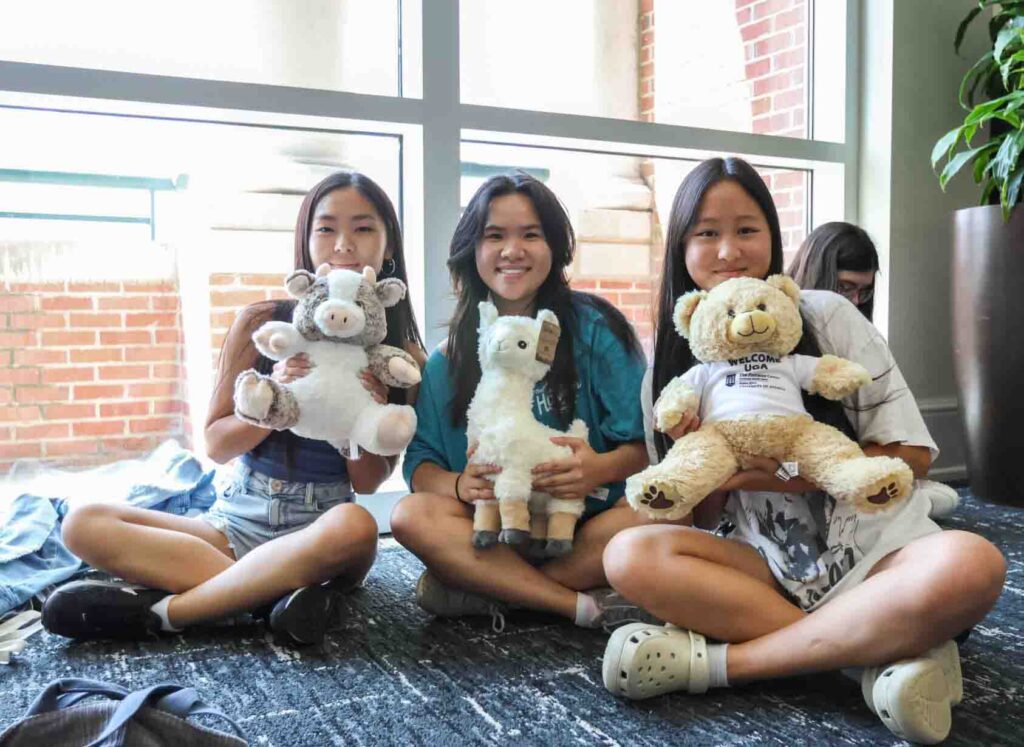
Comfort stuffed animals provide emotional benefits by serving as tactile and visual anchors that reduce anxiety, loneliness, and stress. They offer a sense of security, promote relaxation, and encourage emotional expression.
These plush companions help regulate emotions by providing consistent sensory input and fostering attachment, which benefits mental well-being.
- Tactile Comfort and Calming Effects:
- The softness and warmth simulate human touch, triggering oxytocin release (the “bonding hormone”) that reduces stress.
- Attachment and Security:
- Having a consistent, non-judgmental companion helps people, especially children, feel safe in uncertain or stressful environments.
- Emotional Expression Tool:
- Stuffed animals encourage children and adults to verbalize feelings or practice empathy, aiding emotional development.
- Aid in Managing Anxiety and Sensory Disorders:
- For individuals with autism or sensory processing challenges, comfort stuffed animals provide predictable textures and weighted pressure, improving focus and calm.
- Stress Relief and Sleep Improvement:
- Holding a soft plush during bedtime routines helps improve sleep quality by lowering cortisol levels.
- Memory and Nostalgia:
- Comfort stuffed animals can serve as memory anchors, reminding users of positive experiences and loved ones.
Example: A child facing hospital stays may find significant relief from anxiety by holding a comfort stuffed animal designed with soft fabrics and weighted stuffing, helping reduce panic attacks and discomfort.
| Emotional Benefit | Description |
|---|---|
| Tactile Comfort and Calming | Softness and warmth simulate human touch, triggering oxytocin release to reduce stress. |
| Attachment and Security | Consistent, non-judgmental companions help users feel safe during stressful or uncertain times. |
| Emotional Expression Tool | Encourage verbalizing feelings and practicing empathy, supporting emotional development. |
| Aid for Anxiety & Sensory Disorders | Provide predictable textures and weighted pressure, helping focus and calm in autism or sensory challenges. |
| Stress Relief and Sleep Aid | Holding plush during bedtime lowers cortisol, improving sleep quality. |
| Memory and Nostalgia | Serve as memory anchors, reminding users of positive experiences and loved ones. |
4.Are Comfort Stuffed Animals Suitable for All Ages and Needs?

Comfort stuffed animals are suitable for a wide range of ages—from infants to elderly adults—and meet diverse needs including emotional support, sensory therapy, and companionship.
They are versatile companions that benefit children, adults, and special needs individuals seeking tactile comfort and emotional reassurance.
- Children:
- Ideal for bedtime comfort, transitional objects, and emotional development support.
- Can reduce separation anxiety and improve social skills.
- Adults:
- Used as stress relievers, nostalgic reminders, or tools to combat loneliness and depression.
- Popular in therapeutic contexts such as counseling or hospitals.
- Special Needs Individuals:
- Provide sensory regulation for autism, ADHD, or anxiety disorders.
- Weighted and textured models improve focus and calm.
- Elderly:
- Offer companionship, reduce feelings of isolation, and aid memory recall.
- May help dementia patients through tactile stimulation.
- Cultural and Personal Preferences:
- Designs and materials can be customized to reflect personal interests, cultural symbols, or therapeutic goals.
Selecting the right comfort stuffed animal often depends on user age, sensory preferences, and emotional needs, underscoring the importance of personalized design.
| User Group | Benefits and Uses |
|---|---|
| Children | Bedtime comfort, transitional objects, reduce separation anxiety, support emotional development. |
| Adults | Stress relief, nostalgic reminders, combat loneliness and depression, used in therapy and hospitals. |
| Special Needs Individuals | Sensory regulation for autism, ADHD, anxiety; weighted/textured models improve focus and calm. |
| Elderly | Companionship, reduce isolation, aid memory recall, tactile stimulation for dementia patients. |
| Cultural & Personal Preferences | Customized designs/materials reflecting personal interests, cultural symbols, therapeutic goals. |
5.How Should Comfort Stuffed Animals Be Maintained for Durability?

Proper maintenance extends the lifespan and preserves the softness and safety of comfort stuffed animals. Gentle cleaning, careful storage, and periodic inspection are key.
Regular cleaning with gentle methods and mindful storage practices maintain comfort plush quality and hygiene for long-term use.
- Cleaning Recommendations:
- Use mild detergents and cold water; avoid harsh chemicals.
- Hand wash or use gentle machine cycles in a laundry bag.
- Spot clean stains promptly to prevent permanent damage.
- Drying Methods:
- Air dry naturally; avoid high heat that can degrade fabrics and stuffing.
- Fluff plush after drying to restore softness.
- Storage Tips:
- Store in dry, well-ventilated areas to prevent mold and mildew.
- Use breathable bags to protect from dust while allowing airflow.
- Repair and Inspection:
- Regularly check seams and stuffing for wear or damage.
- Repair tears quickly to avoid loss of stuffing or shape.
- Sustainable Care:
- Opt for eco-friendly detergents and energy-efficient cleaning.
- Choosing durable materials reduces waste by extending product life.
Adopting proper care routines not only preserves the comfort stuffed animal’s function but also supports your commitment to sustainability.
| Maintenance Aspect | Recommendations |
|---|---|
| Cleaning | Use mild detergents and cold water; avoid harsh chemicals. Hand wash or gentle machine cycle in laundry bag. Spot clean stains promptly. |
| Drying | Air dry naturally; avoid high heat. Fluff plush after drying to restore softness. |
| Storage | Store in dry, well-ventilated areas to prevent mold and mildew. Use breathable bags for dust protection and airflow. |
| Repair & Inspection | Regularly check seams and stuffing for damage. Repair tears quickly to prevent stuffing loss or shape deformation. |
| Sustainable Care | Use eco-friendly detergents and energy-efficient cleaning. Durable materials reduce waste by extending lifespan. |
6.What Trends and Innovations Are Shaping the Comfort Stuffed Animal Market?
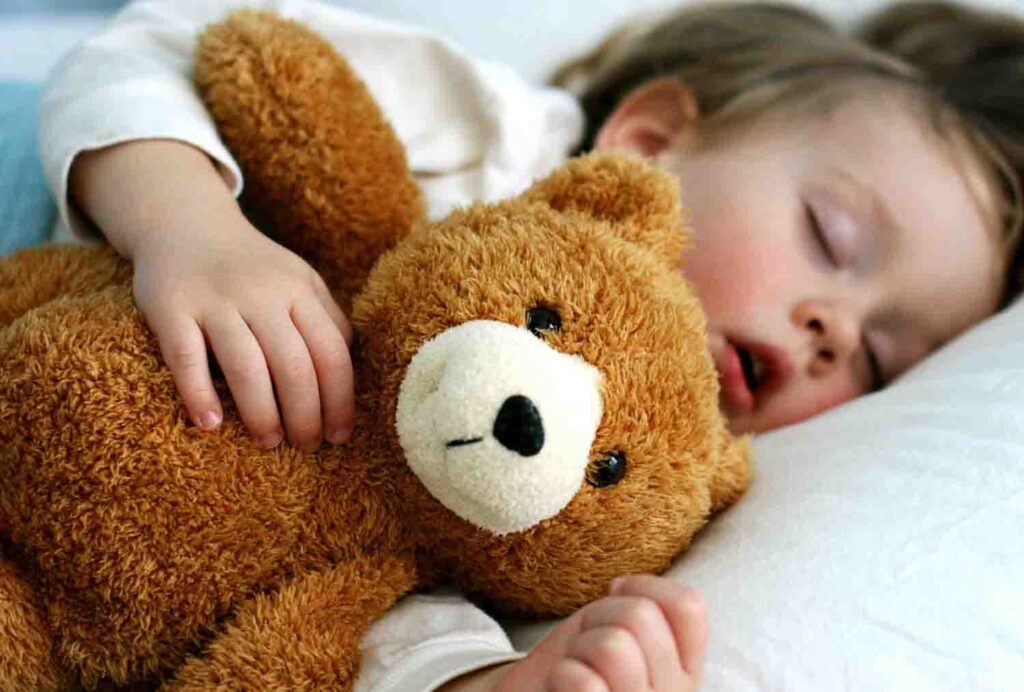
The comfort stuffed animal market is evolving with trends emphasizing sustainability, smart features, and inclusive designs tailored to diverse emotional and sensory needs.
Innovations in eco-materials, sensory enhancements, and customization are driving the future of comfort stuffed animals.
- Sustainable Materials:
- Growing demand for organic, recycled, and biodegradable fabrics and stuffing.
- Certifications like GOTS and OEKO-TEX become selling points.
- Sensory-Enhanced Plush:
- Integration of weighted elements, heartbeat simulators, and aromatherapy pouches.
- Use of antimicrobial and washable covers for hygiene.
- Personalization and Customization:
- Options for custom colors, embroidered names, and sensory feature adjustments.
- Increasing popularity of limited-edition designs and collaborations.
- Technology Integration:
- Smart plush toys with sensors for interactive comfort and emotional feedback.
- Mobile apps paired with plush toys for therapeutic exercises.
- Inclusive Design:
- Toys designed with neurodiversity and various emotional needs in mind.Increased awareness of cultural representation and diverse aesthetics.
By staying ahead of these trends, manufacturers can offer products that resonate deeply with consumers seeking meaningful comfort and eco-conscious choices.
If you’re interested in developing or sourcing customized comfort stuffed animals that combine these advanced features with sustainable materials, feel free to contact Kinwin. We specialize in tailor-made plush solutions designed to meet your brand’s quality, innovation, and eco-friendly standards.




